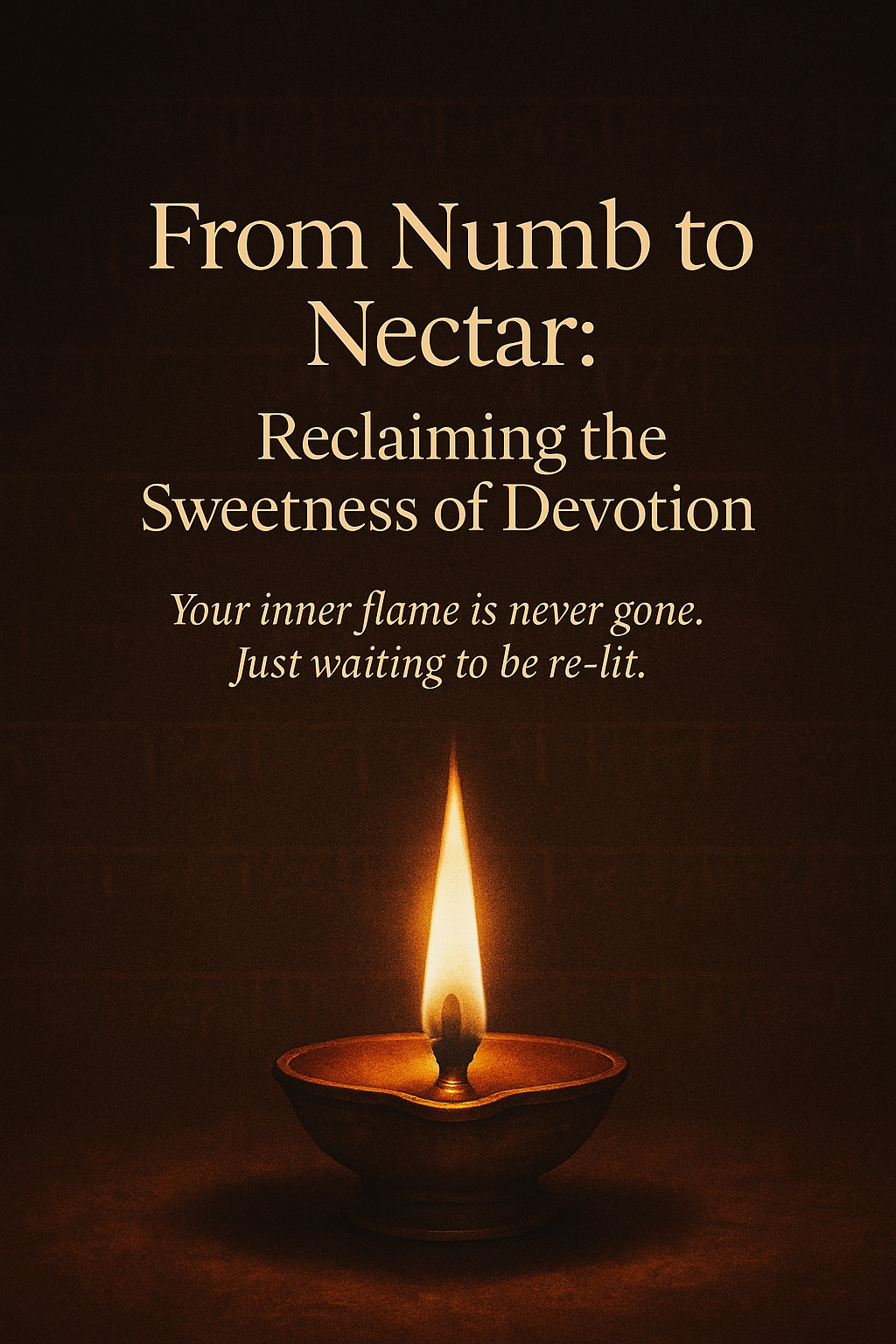Ayurveda, an ancient holistic healing system, emphasizes health as the delicate balance between the mind, body, and spirit, with its core rooted in the concept of Doshas: Vata, Pitta, and Kapha. These three fundamental energies, derived from the elements Earth, Water, Fire, Air, and Ether, not only govern physical and mental health but also influence our personalities and preferences. Each individual possesses a unique combination of these energies, known as their Prakriti, which guides personal wellness practices.
Imbalances in the Doshas can lead to health issues, and recognizing the signs of imbalance is essential for restoring harmony. Vata is characterized by qualities such as lightness and mobility and is responsible for bodily movements and functions, with an imbalance marked by anxiety and irregular digestion. Pitta, associated with heat and intensity, governs digestion and metabolism, while excess Pitta can lead to irritability and inflammation. Lastly, Kapha offers stability and structure, but when overabundant, it can cause lethargy and weight gain.
The Ayurvedic approach to balance involves tailored diet and lifestyle practices, emphasizing food's role as medicine to influence the Doshas. Vata benefits from warm, grounding foods; Pitta needs cooling, calm foods; and Kapha flourishes with light, spicy dishes. Additionally, incorporating routines like meditation, yoga, and specific self-care techniques such as Abhyanga enhances overall well-being, providing a personalized path to holistic health and longevity.
Read more...Karwa Chauth is a significant North Indian festival that celebrates the sacred bond between a husband and wife through fasting, prayer, and devotion. Historically rooted in the protection and longevity of husbands traveling for trade or war, the festival's essence transcends time, symbolizing unwavering dedication and mutual respect. Women partake in a strict day-long fast, which they break upon sighting the moon, reflecting a deep sense of care and sacrifice that defines marital bonds.
The rituals of Karwa Chauth start with a pre-dawn meal called Sargi, followed by a day of fasting, dressing in traditional attire, and participating in evening prayers. Women listen to legends like that of Queen Veeravati, whose devotion restored life to her husband, underscoring the power of love and faith. As the moon rises, the fast is broken with the husband offering water and food, marking the mutual bond of love and care.
In modern times, Karwa Chauth has evolved to celebrate love and equality, with some men joining in the fast as a symbol of shared responsibility. While debates around gender roles exist, many view the festival as a personal expression of love and devotion. Through its portrayal in popular culture and Bollywood, Karwa Chauth continues to capture the romantic imagination, blending tradition with contemporary nuances and spiritual fulfillment.
Read more...While joy and happiness are both positive emotions, they differ significantly in their origins, qualities, and impacts on our lives. Joy is an internal experience that arises from a deep sense of peace, contentment, or spiritual connection, and it persists regardless of external circumstances. In contrast, happiness often results from external factors like achievements and pleasant experiences, making it more transient.
Joy tends to be a more enduring and profound emotional state, often intertwined with a deeper, spiritual, or existential sense of purpose and meaning. It exists independently of life's ups and downs and can be felt even during challenging times. On the other hand, happiness is temporary and revolves around immediate pleasures and satisfying desires which, while pleasant, lack the deeper emotional depth associated with joy.
Moreover, joy is closely connected to living authentically and being aligned with one’s values or purpose, thus offering a more fulfilling experience. Happiness, meanwhile, is tied to external achievements and pleasurable events, providing immediate satisfaction but not necessarily contributing to a deeper sense of fulfillment. Balancing both emotions can enrich life, with joy providing lasting fulfillment and happiness adding vibrancy to everyday experiences.
Joy and happiness, though often used interchangeably, differ significantly in their origins and impacts on our lives. Joy is an internal experience stemming from a deeper sense of peace and contentment, capable of existing regardless of external circumstances. It is enduring and often tied to spiritual or existential fulfillment, providing meaning even during life’s challenges.
In contrast, happiness is an externally-driven emotion, often temporary, and dependent on environmental factors like achievements or pleasant experiences. It involves actively pursuing pleasurable experiences, but tends to be fleeting as it relies on changing circumstances. While happiness enhances moments with a light-hearted presence, it lacks the deep emotional resonance and lasting nature inherent in joy.
Both emotions are valuable, offering unique contributions to our well-being. Happiness brings vibrancy to our daily experiences, while joy provides a sense of purpose and inner peace. By understanding and embracing both emotions, individuals can cultivate a balanced and enriched life.
The article explores the nuanced differences between joy and happiness, two emotions often used interchangeably but distinct in their origins and effects. Joy is described as an internal experience, arising from within and linked to a deeper sense of peace, contentment, or spiritual connection, independent of external circumstances. On the other hand, happiness is typically a reaction to external events or achievements, making it a more temporary and fleeting emotion.
Joy is characterized by its enduring nature, persisting through life's challenges due to its roots in fulfillment and spiritual connection, while happiness is transient, often fading once the moment passes. Additionally, happiness involves an active pursuit, often through achievements and material comforts, whereas joy arises more spontaneously from aligning with one's values or purpose. This distinction further highlights joy's association with deeper meaning and emotional depth, connecting it to a sense of purpose, unlike the more surface-level pleasure of happiness.
Ultimately, the article suggests that while happiness adds vibrancy to life's moments, joy provides a lasting impact on personal fulfillment. Embracing both emotions can contribute to a balanced and enriched life, with happiness offering momentary pleasure and joy fostering a profound sense of contentment and connection. By understanding these differences, individuals can cultivate a more meaningful and authentic emotional experience.
Read more...Oil pulling, an ancient Ayurvedic practice, has gained modern attention for its multifaceted health benefits, primarily supporting oral hygiene and overall health through a simple method of swishing oil in the mouth. Offering a detoxifying cleanse for the oral cavity, this practice aligns with Ayurveda's view of the mouth as the gateway to health, balancing doshas and promoting dental well-being. Popular oils for oil pulling, like coconut, sesame, sunflower, and olive oils, each provide unique benefits, from antimicrobial properties to reducing inflammation and maintaining moisture.
The benefits of oil pulling include improved oral health by removing harmful bacteria, whitening teeth, detoxifying the body, freshening breath, and reducing inflammation. Each oil has specific advantages; coconut oil is favored for its antimicrobial properties and pleasant taste, sesame oil for its grounding qualities, sunflower oil for its mild taste, and olive oil for its rich antioxidants. The choice of oil can be tailored to individual needs and the season, as some oils are more suitable for specific doshic imbalances or climatic conditions.
Particularly beneficial during the Vata season (fall and early winter), oil pulling helps combat dryness, balance airy Vata qualities, and strengthens immunity, thus addressing common seasonal discomforts like chapped lips, dry skin, and heightened anxiety. The warming nature of sesame oil makes it ideal for this time, while olive oil provides excellent moisturization for dry conditions. By incorporating oil pulling into daily routines, one can maintain oral health, detoxify the body, and achieve a balanced state of wellness throughout the year.
Read more...In an era dominated by shortcuts and material success, a new elite is emerging, defined not by wealth or heritage, but by discipline, purpose, and creating value. This new 1% isn’t driven by traditional metrics but by an inner drive to sculpt themselves, live purposefully, and contribute significantly to the world. It's a mindset accessible to anyone willing to pursue a different path that prioritizes personal growth and contribution over mere consumption.
The foundation of this mindset lies in discipline, the rare quality of consistently pushing beyond limits through deliberate practice and habit cultivation. While genetics may offer initial advantages, true success demands dedication and commitment to self-improvement. Moreover, purpose acts as the ultimate fuel, sustaining energy and passion without reliance on external stimulants, and guiding actions toward meaningful outcomes.
Beyond formal education, the new 1% values learning from life’s experiences, embracing failures, challenges, and real-world encounters as opportunities for growth. They’re committed to creating rather than consuming — whether it’s through innovative problem-solving, sharing art, or nurturing relationships. This inward transformation redefines success, guiding individuals to live deliberately and to find fulfillment in the journey and impact they create.
In a world preoccupied with shortcuts and material consumption, a new elite is emerging not defined by wealth or privilege, but by discipline, purpose, and value creation. This new 1% is driven by a deep-seated desire to sculpt themselves through intentional practice, challenge conventional success metrics, and contribute to the world rather than merely consume its offerings. Their success is rooted not in birthright or genetics, but in a deliberate pursuit of excellence that anyone can choose.
For these individuals, discipline is the real sculptor, pushing beyond natural talents to forge the best version of oneself. Instead of relying on stimulants or external motivators, they find sustainable energy in a clear purpose that propels them even when the path is challenging. They perceive life itself as their greatest teacher, constantly learning and adapting through real-world experiences, mentors, and challenges that formal education might not provide.
The new 1% stands apart by focusing on creation over mere consumption, striving to add meaningful value to the world in any form—be it through business, art, or personal contributions. This mindset emphasizes living deliberately, prioritizing internal growth, and consistently seeking ways to positively impact others. Anyone willing to adopt principles of discipline, purpose, lifelong learning, and creation can join this group, defining success not by external markers but by transformative, intentional choices.
Read more...
